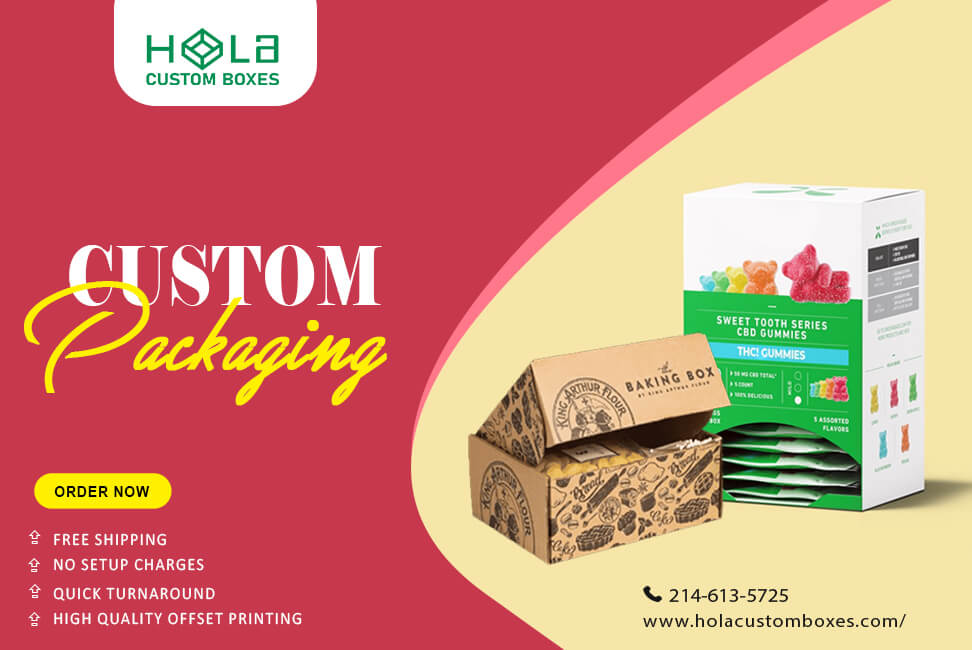6 Fantastic Strategies to Cut Down on Packaging Expenses
2025-08-11 14:15:27
You're likely aware that packaging costs can eat up 10-40% of your product's total expenses, making it a critical area for optimization. In today's competitive market, where every cent counts toward your bottom line, smart packaging strategies aren't just nice-to-have—they're essential for survival. While most businesses focus solely on material costs, you'll discover that an all-encompassing approach to packaging efficiency can reveal substantial savings across your entire operation.
Main Points
Switch to automated packaging systems to reduce labor costs and increase productivity by up to 400%.
Choose correct box dimensions to minimize material waste and save up to 30% on dimensional shipping costs.
Establish strong supplier partnerships to secure bulk discounts and negotiate better pricing on packaging materials.
Implement quality control measures and proper packing techniques to reduce costly returns by up to 30%.
Organize packaging materials systematically and maintain optimal inventory levels to prevent overstock and waste.
Streamline Your Packaging Materials and Storage Systems
When you're looking to reduce packaging expenses, implementing an efficient storage and organization system is an essential first step.
Start by categorizing similar materials together and adopt a systematic storage strategy that optimizes space utilization. You'll minimize unnecessary movement and reduce labor costs.
Smart organization and grouping of materials streamlines operations, maximizes space efficiency, and cuts down on wasted time and resources.
Integrate a Warehouse Management System to track your inventory effectively and access materials quickly.
Don't fall into the trap of bulk ordering - it ties up capital and space. Instead, maintain only the necessary stock levels for your production needs.
Regular inventory assessments help you identify and remove obsolete items, freeing valuable storage space for frequently used materials. Additionally, consider using custom sizes for your packaging to better fit your products and reduce wasted space.
Embrace Automated Packaging Solutions for Cost Efficiency
Although manual packaging methods have been standard practice for years, shifting to automated solutions represents a game-changing opportunity to slash expenses.
You'll immediately notice labor costs drop by up to 70% while productivity soars by 400% compared to manual operations.
By implementing automated systems, you can reduce packaging time by 50% and cut overall packaging expenses by 30%.
Your investment in robotics and automated technologies will deliver precision packaging that minimizes material waste.
This optimization doesn't just streamline operations—it guarantees you're using packaging materials efficiently, maximizing your cost savings through both reduced labor and smarter material usage.
Optimize Box Sizes and Dimensional Weight
Building on your automation investments, optimizing box sizes represents the next major opportunity to reduce packaging expenses.
You'll achieve up to 30% savings on shipping costs by implementing dimensional pricing strategies that eliminate excess space and bulk.
Choose appropriately sized boxes to cut packaging material costs by 20%, while combining multiple items into single shipments can lower your expenses by an additional 15%.
Automated box-sizing solutions will help you determine the most efficient packaging dimensions for each order, reducing wasted space and materials.
You'll maximize carrier capacity while minimizing dimensional weight charges that are based on package volume. Additionally, using custom sizes available ensures that your packaging perfectly fits the products, further enhancing efficiency and cost-effectiveness.
Implement Quality Control Measures to Prevent Returns
Through strategic quality control measures, you'll substantially reduce return-related expenses while protecting your bottom line.
Implementing thorough quality checks throughout your packaging process can decrease returns by up to 30% and save significant costs.
To maximize your quality control effectiveness:
Train your staff on proper packing techniques to reduce return-related costs by 25%
Use rigid corrugated boxes and appropriate materials to cut return rates by 50%
Monitor shipping methods to decrease damage-related returns by 20%
Analyze return data regularly to identify and resolve common issues, reducing returns by 15%
Additionally, utilizing custom sizes tailored to your product can enhance protection during transit and further minimize returns.
Develop Strategic Supplier Partnerships
When you establish strategic partnerships with packaging suppliers, you'll unfasten significant cost-saving opportunities across your supply chain.
By building long-term relationships, you'll secure better unit prices and gain stronger negotiation leverage. Consolidating your purchases through dedicated suppliers enables you to qualify for bulk discounts and develop custom solutions tailored to your needs.
Maintain regular communication with your suppliers to identify innovative packaging alternatives and cost-reduction possibilities. Additionally, consider exploring eco-friendly packaging options that can reduce costs while enhancing your brand's sustainability efforts.
Implement a just-in-time inventory system to minimize storage expenses and reduce waste. This strategic approach guarantees ideal packaging efficiency while maintaining product availability and maximizing your return on investment.
Why Packaging Matters in a Crowded Market
In today’s fast-paced and competitive marketplace, brands need more than just a great product to get noticed—they need packaging that captivates. Custom boxes with logos have the power to turn ordinary items into irresistible must-haves. From vibrant colors that catch the eye to unique shapes that spark curiosity, every design choice can make your brand stand out. Premium materials convey quality, while consistent branding builds trust and loyalty.
Turning Packaging into a Brand Experience
Memorable packaging doesn’t just protect your product—it tells a story and creates an emotional bond with customers. When your design resonates, it inspires sharing, strengthens brand recognition, and makes it easier for consumers to choose you over competitors. In a world full of options, great packaging can be the difference between blending in and shining brightly on the shelves.
Conclusion
Reducing your packaging expenses isn't just about cutting costs - it's about implementing systematic, data-driven solutions. By adopting these six strategies, you'll optimize your operations, minimize waste, and increase efficiency across your supply chain. Track your metrics carefully: companies implementing similar approaches report 15-30% cost reductions within the first year. Start with one strategy, measure the results, and progressively integrate all six approaches.
